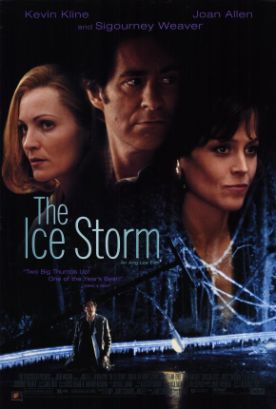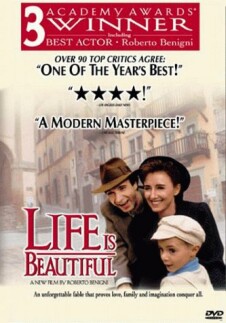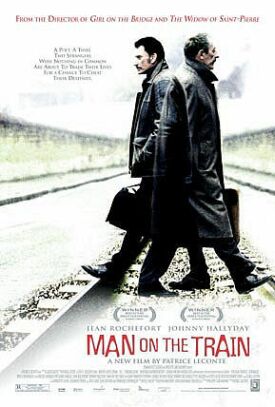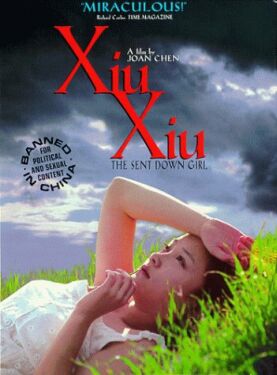Lenny Bruce: Swear to tell the Truth
The documentary Lenny Bruce: Swear to Tell the Truth, written and
directed by Robert B. Weide.is, I think, an opportunity missed. Bruce, who died
of a drug overdose in 1966, was a genuinely funny man who has a genuine claim to
be considered a hero of free speech in America. Weide and those he interviews
for this documentary are certainly all disposed to look at him in this light,
but they present him to us solely in terms of the mythology of the 1960s. He is
seen merely as a precursor of the counterculture, and, safe upon his pedestal,
he is left with nothing to say to our own time. Instead, he is intended merely
to confirm us in our complacency and conceit of ourselves as superior to those
pettifogging, uptight, humorless bureaucrats of the 1950s and early 1960s who
hounded poor Lenny to his death. Thus at the very beginning of the film, Howard
Solomon of the Café a Go Go, one of
Bruce’s performing venues, tells us
that “He never served any time; he
never paid any fine. He only paid with his
life.”
Well, OK. The oppressive, capitalist, racist, Christian, patriarchal
establishment killed him. That and some extra strength heroin that he could not
forbear to shoot into his veins as a palliative. But too little is made of
Bruce’s relevance to us. For today,
the threat to free speech comes more often from the left than from the right.
The “politically
correct” speech codes to be found on
college campuses and elsewhere are our late-century equivalent of the antiquated
city ordinances that Lenny so gleefully challenged with his four letter words.
Moreover, even then Lenny was shocking in his political incorrectness. The film
never directly addresses the paradox of its lionizing this progressive hero
while recording without comment his comic and stunningly racist riff on an old
novelty number called “Bake dat
Chicken Pie.”
There is, it is true, a quotation from one of
Bruce’s most famous routines, in which
he uses racial epithets casually and comically in a kind of weird counting
exercise involving a party in which the numbers keep shifting of
“niggers” ,
“kikes” ,
“wops” ,
“guineas” ,
“spicks” ,
“micks”
and other insulting terms. But it does not make clear or elaborate on the point
of the exercise, which was to show how these dangerous words could be rendered
harmless simply by repetition. I myself still
don’t know if Bruce was right about
this. His is a theory with which I admit to some degree of sympathy, but the
fact that people laughed at examples like the one mentioned above suggests that
the words were not really losing their power at all.
It’s just that, as a kind of party
trick, he learned to transform the kind of emotion they elicit from anger and
hatred to more or less nervous and always edgy laughter.
So a small man (which Lenny was) can take a deadly insult from a bigger man
and manage to make a joke out of it. But it was always a bit of an unlikely
assumption that, in the mouths of people who lack
Lenny’s comic abilities—to say
nothing of his generosity of spirit—the incontinent use of racial epithets
would ever turn into anything else than the hurtful and hateful words they
started out as. Yet in another way the theory has proved spectacularly true, as
the subsequent history of most of the obscenities he was busted for 40 years ago
reveals. One of the best moments in the film comes in an interview with the
assistant D.A. in New York, Richard Kuh, who is described as
“Lenny’s
Torquemada.” Kuh is still defending
his actions in prosecuting Bruce for using obscene language in public, but in
doing so he quite unconsciously uses some of the same language himself,
implicitly acknowledging its loss of status as anything for people to be
offended by.
It is not the obscenity but the vulgarity of such language which ought to
concern us. But, partly because of the efforts of
Bruce’s persecutors and partly because
of idolaters like Weide, we have almost lost the ability to distinguish between
the two.
But this film is a lot of fun at its most basic level, and worth going to see
if only for its interviews with
Lenny’s ex-wife, a former stripper
called Hot Honey Harlow, and (especially) with his mother, Sallie Marr, who only
died in 1997 (at the age of 91). The latter is interviewed in what must have
been her late 80s as her dyed hair is being dressed at the beauty parlor and
talks of having taken Lenny to a burlesque show at the age of 12. The mind
boggles at the psychosocial implications of such a venture, but Sallie is only
concerned to impress upon us the fact that Lenny, like Sallie herself,
“grew up with no
guilt.” She remarks on his cleverness
in noticing at the burlesque show that there were only men present, apart from
his mother and himself, and asking her why that was.
“Would you believe
it,” she says she told him:
“they think
it’s dirty, and
that’s why this place is
packed.”
How innocent such an attitude seems now, in the post-sexual revolution,
post-feminist nineties chronicled in Happiness or Your Friends and
Neighbors. It’s like the now-poignant routine, shown here, that Lenny did on
the old Steve Allen show about kids in California sniffing airplane glue to get
high. This was just a stray news report that no one could take seriously at the
time and the television audience was in paroxysms of laughter at Lenny’s fantasy
of a kid in a hobby shop trying to buy glue for sniffing. The routine was based
on the seeming absurdity of the idea in the safe world of the late 1950s. To
Bruce no less than to his audience it was merely comic. But even by the time
that he himself died of a heroin overdose seven years later, it wouldn’t have
been funny anymore. For just the briefest of moments we stop to wonder if there
wasn’t, after all, some method to the madness of magistrates who would arrest a
man for saying naughty words.
Discover more from James Bowman
Subscribe to get the latest posts to your email.






